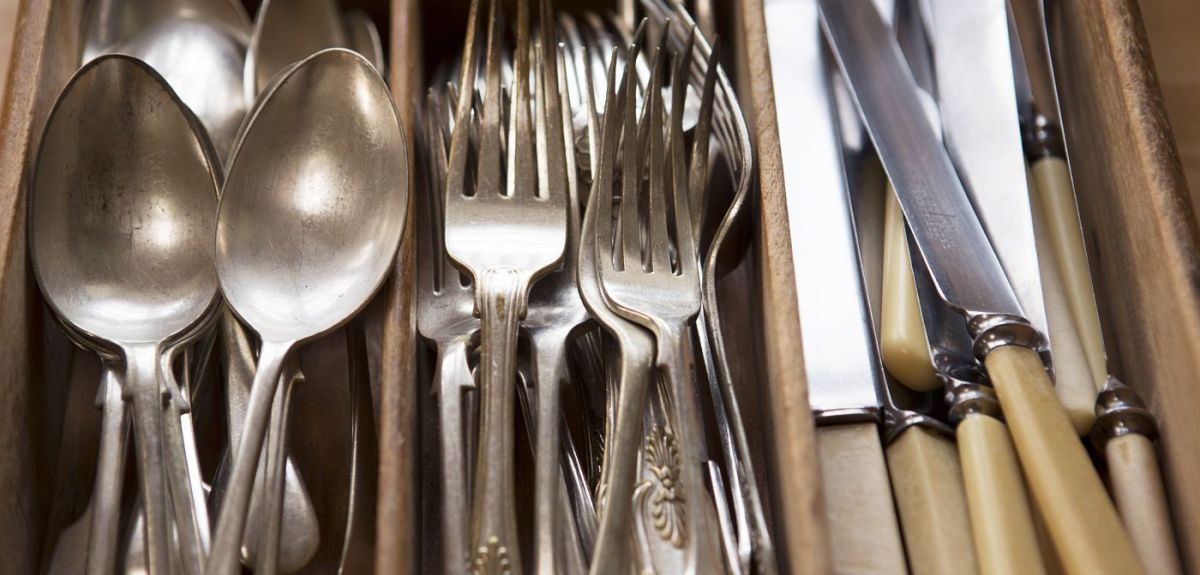
Source: Shutterstock/ Daisy Daisy
Heavy cutlery 'enhances the enjoyment of food'
Have you ever found yourself preferring to eat with one spoon rather than another? Or maybe you’ve found yourself pondering which is the best set of cutlery to buy for your home, by judging how good it ‘looks’, or rather, how good it ‘feels’ in the hand? While the design (think shape, material, ergonomics) of the cutlery is what we all think that we are judging, maybe what drives our preference for one eating utensil over another is an often overlooked but substantial characteristic: Its weight.
In the latest research, published in the international peer-reviewed journal Flavour, one of the premier open access food science journals, a team from Oxford University's Crossmodal Research Laboratory has demonstrated for the first time that the weight of the cutlery could well enhance the taste of your meal. A large-scale dining experiment with more than 130 diners was conducted at a hotel restaurant in Scotland. While half of the attendees used the higher-quality cutlery normally used for banquets, the others used more conventional, lower-quality cutlery, normally used at the hotel’s staff canteen (the high-quality cutlery weighed about 3 times more than the cheaper type). The diners liked their main course (Trout with mashed potatoes, spinach and caper, and brown shrimp butter) more, thought it more artistically plated, and were willing to pay 15% more for it when eating with the heavier cutlery.
In other words, a very common set of utensils, present on tables in many parts of the world, can make the food ‘taste’ better (or worse). While cutlery is an ubiquitous tool present on many tables worldwide, research on how it can influence consumption behaviours and the perception of food is very scarce. This study provides insights on how elements such as its weight may affect our food experiences. The results reported in Flavour also bring further evidence to the notion that the shape and colour of the plate on which the food is served can affect how much diners enjoy food.
Research from the psychological sciences (the emerging field of ‘Gastrophysics’ research) is now showing how multisensory design really can affect our enjoyment of food and drink. It seems clear that while endeavouring to create a pleasurable meals, there is more to deliciousness than just the food on the plate: it would now seem evident that the “everything else” truly matters. Cues as seemingly extraneous to the experience as the tool that we use to bring the food from the plate to our mouth can enhance the perceived value and enjoyment of what we eat.
While the tangible aspects of deliciousness reside in the molecular and physical properties of foodstuffs, evidence such as the one reported in this article holds the potential to bring additional insights into the question of how to make food more enjoyable, in the restaurant scene, and in everyday life.
 Expert Comment: Chatbot-driven sexual abuse? The Grok case is just the tip of the iceberg
Expert Comment: Chatbot-driven sexual abuse? The Grok case is just the tip of the iceberg
 New study finds that stopping weight-loss drugs is linked to faster regain than ending diet programmes
New study finds that stopping weight-loss drugs is linked to faster regain than ending diet programmes